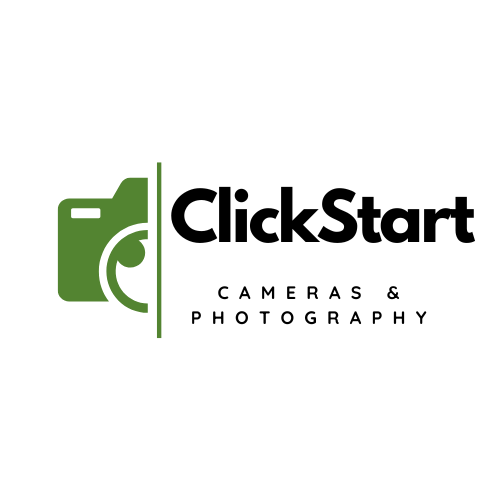How to Photograph Real Estate and Vacation Rentals
Photographing real estate and vacation rentals is an essential skill for anyone looking to market properties effectively. High-quality photos can make a property stand out, attract more interest, and even increase bookings for vacation rentals. Whether you’re a real estate agent, a vacation rental owner, or a photographer specializing in property listings, knowing how to capture a property’s best features can make all the difference. In this guide, we’ll cover the key techniques and tips for photographing real estate and vacation rentals to help you showcase properties in the best light.
1. Prepare the Property for the Shoot
Before you start taking photos, it’s important to prepare the property to look its best. A clean, well-organized space will result in more appealing images, so make sure the property is in tip-top condition before the shoot.
- Declutter: Remove personal items, excessive decor, and anything that may distract from the space itself. This includes things like kitchen appliances, toys, or unnecessary furniture. Less is more when it comes to real estate photography.
- Clean Thoroughly: Ensure that surfaces, floors, windows, and furniture are spotless. Dust, dirt, or smudges will be very noticeable in photos, and they can make the property look neglected.
- Stage the Property: For vacation rentals, adding a few decorative touches like fresh flowers, neatly folded towels, or a well-set dining table can help create a welcoming atmosphere. For real estate, staging the home with minimal furniture can give potential buyers a sense of the space’s potential.
2. Use the Right Equipment
While it’s possible to take decent property photos with a smartphone, investing in the right camera and lenses will elevate your results significantly.
- Camera: A DSLR or mirrorless camera with manual settings is ideal for real estate photography. It allows you to control exposure, aperture, and shutter speed, ensuring that you capture bright, sharp images.
- Wide-Angle Lens: A wide-angle lens (typically 10-24mm for crop sensors or 16-35mm for full-frame cameras) is essential for capturing the full scope of a room. It allows you to make small spaces appear more spacious and gives viewers a better understanding of the layout.
- Tripod: Stability is key in real estate photography, especially in low-light situations. Using a tripod ensures that your images are sharp and allows you to shoot at slower shutter speeds without blur.
- Flash or External Lighting: If the natural light isn’t enough, using a flash or external lighting can help brighten up darker areas of a property. However, it’s important to balance this with natural light to avoid harsh shadows.
3. Master Composition and Angles
Composition is everything when photographing real estate and vacation rentals. Your goal is to capture the best features of a space and make it look inviting, spacious, and functional.
- Shoot at Eye Level: For interior shots, the camera should be at eye level (about 4-5 feet off the ground) to create a natural, balanced view of the room. Shooting too high or too low can distort the space and make it look unnatural.
- Use Straight Lines: Ensure that the walls, door frames, and furniture lines are straight in the frame. This is especially important with wide-angle lenses, as distortion can occur easily. Use the camera’s grid lines or spirit level to keep your shots aligned.
- Capture Multiple Angles: Don’t just settle for one angle. Shoot each room from multiple positions, including corners, doorways, and wide shots from the center. This gives viewers a more complete view of the space.
- Highlight Key Features: If the property has unique features such as a fireplace, large windows, or a stunning outdoor area, make sure to emphasize them. These features are often selling points and should be highlighted in your shots.
4. Optimize Lighting
Lighting is critical in real estate photography, as it sets the mood and affects how the space is perceived.
- Natural Light Is Best: Whenever possible, use natural light by opening curtains and blinds to let sunlight in. Shoot during the day, preferably in the late morning or early afternoon, when the light is soft and flattering. Avoid shooting when direct sunlight is streaming in, as it can create harsh shadows and overly bright areas.
- Balance Indoor and Outdoor Light: When photographing interiors, be mindful of the difference in brightness between the inside of the property and the view outside the windows. If the interior is too dark compared to the outdoors, try adjusting your exposure or using a flash to balance the light. Alternatively, you can take multiple exposures and blend them in post-processing.
- Turn On Interior Lights: Turn on all the interior lights, even during the day, to add warmth and balance the lighting. This will make the property feel more inviting and help brighten any shadowed areas.
5. Post-Process Your Images
Editing is a crucial part of real estate and vacation rental photography. Proper post-processing can enhance your images, correct any lighting imbalances, and make the property look more polished.
- Adjust Exposure and Brightness: If your images are too dark or too bright, use editing software like Adobe Lightroom or Photoshop to adjust the exposure. Aim for bright, even lighting without overexposing any areas.
- Correct White Balance: Make sure the colors in your photos look natural. If the lighting is too warm or too cool, adjust the white balance to match the natural tones of the space.
- Straighten Lines: Use editing tools to fix any distortion caused by wide-angle lenses and ensure that lines are straight.
- Retouch Imperfections: Remove any small imperfections, like dirt spots or distractions in the background, to create clean, professional images.
6. Exterior Shots and Drone Photography
Don’t forget to capture the exterior of the property. The first thing potential buyers or renters see is the outside, so make sure it’s inviting.
- Shoot the Exterior in Good Light: For exterior shots, aim to photograph the property during the golden hour (early morning or late afternoon) when the light is soft. Avoid midday sun, which can create harsh shadows.
- Drone Photography: If the property has significant outdoor space or unique surroundings, consider using a drone to capture aerial shots. Drone photography is especially useful for vacation rentals with beautiful landscapes, pools, or beach access.
Conclusion
Photographing real estate and vacation rentals requires attention to detail, a good eye for composition, and the right equipment. By preparing the property, mastering composition and lighting, and refining your shots in post-processing, you can create stunning images that attract interest and lead to successful sales or bookings. Whether you’re a property owner or a photographer, these techniques will help you capture real estate in its best light.


